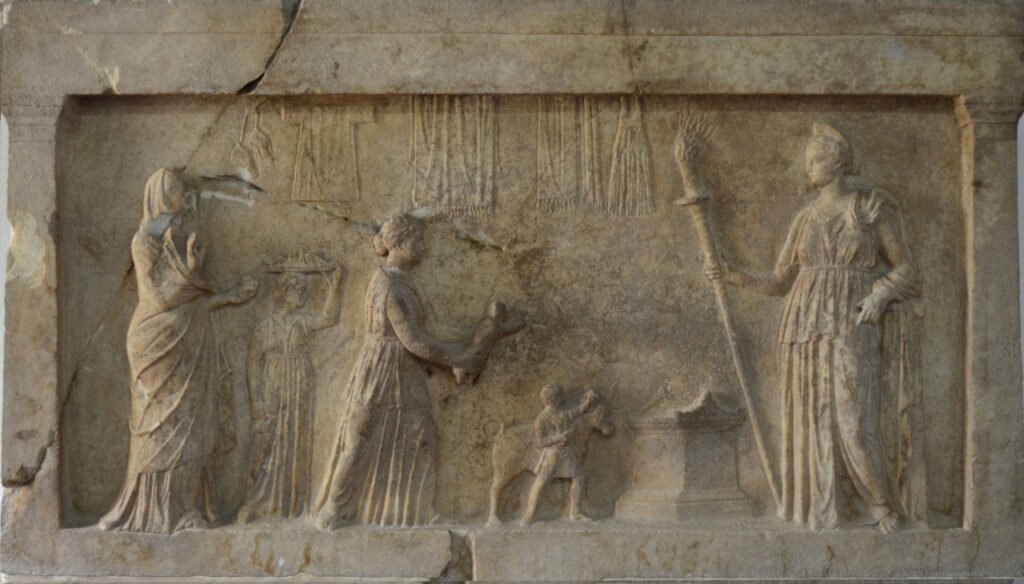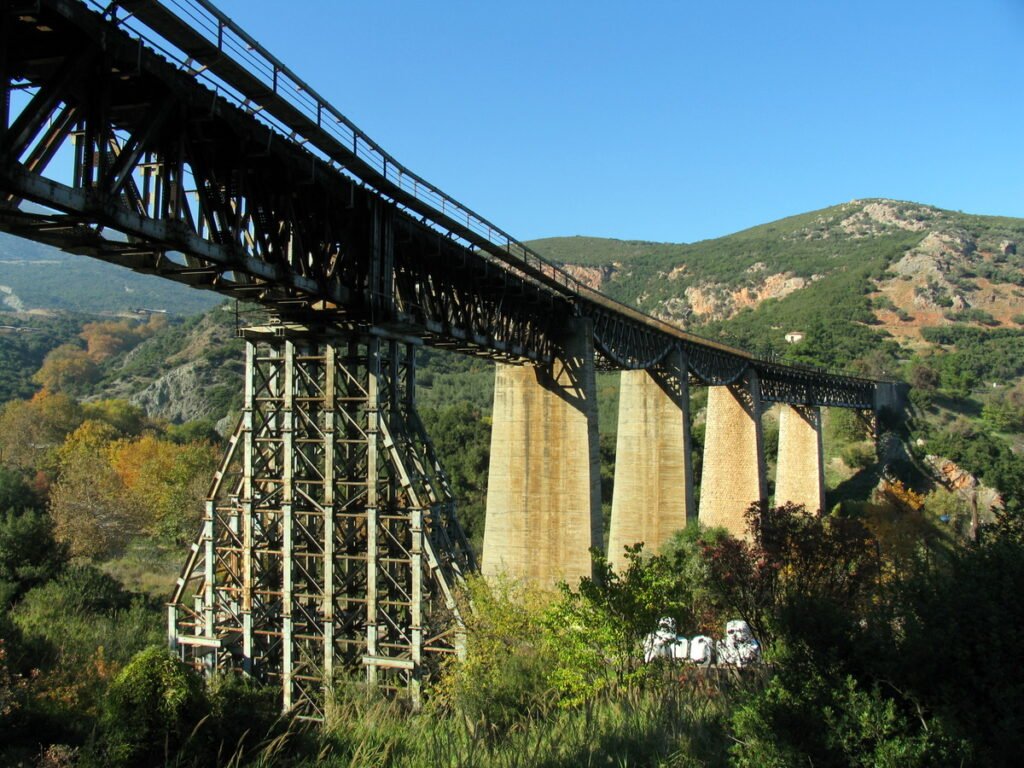Lamia, located is a city that combines history, culture and natural beauty. Situated between the Othrys and Parnassus mountains, it impresses with its picturesque landscapes. One of the main tourist attractions of the city is the Lamia Castle, a medieval fortress that dominates the city. The castle, which dates back to the 5th century, offers a deep insight into the history of the ancient walls, towers and courtyards.

The Lamia Festival takes place in the summer, with concerts, theatre performances and art exhibitions showcasing artistic talents.
Archaeological Museum of Lamia

The Archaeological Museum of Lamia is housed the Barrack in the archaeological site of the castle of Lamia. The barrack, inside the walls of the castle, was built on the top of a steep hill.
The collections of the museum include archaeological findings from excavation research in Phthiotis and Evrytania, covering the whole prehistoric and historic period until the roman years. The findings illustrate the history of the area, which includes parts of the ancient Phthiotis, of the eastern Locris, of Dorida, Achaea and Malis (Malian Gulf area).
Castle of Lamia

Lamia Castle stands on the highest part of a rocky hill. It is an extremely important monument and a direct witness to the history of the city. The earliest part of its courtyard was built on a polygonal plan and dates back to the 5th century BC. The castle was used for military purposes until the outbreak of World War II. Since 1994, the Lamia Archaeological Museum has been housed on the first floor of the barracks, which were renovated for this purpose.
Gorgopotamos Bridge

The steel and stone railway bridge spans 211 metres above a deep gorge, spanning the slopes of Mount Oiti. Built in 1905, the bridge was a key link between Athens and Thessaloniki. The bridge symbolises the Greek resistance movement following Operation Harling by local fighters and British commandos. Visitors reach the bridge via the old Lamia-Athens national road and local roads leading to the village of Gorgopotamos.
Folklore museum of Fthiotida

The Folklore Museum of Fthiotida displays folklore exhibits of superb price that help the tourist reconstruct the picture of the products and of the day by day habitual inside the pre-commercial society. On the first floor, occupations of the ancient duration before the Industrial Revolution are displayed including that of the Farmer, the Stock Breeder, the Tinker, the Shoemaker, the Goldsmith and so forth.
From those professions a few have been eliminated at the same time as other are still maintained in a completely distinct shape concerning the manner and the ways of manufacturing. In the 2nd ground displays famous that shed mild at the each day existence such as garments of different places both for males and females, the loom, the bridal bedroom, the fireplace and the cooking utensils of the conventional domestic.
